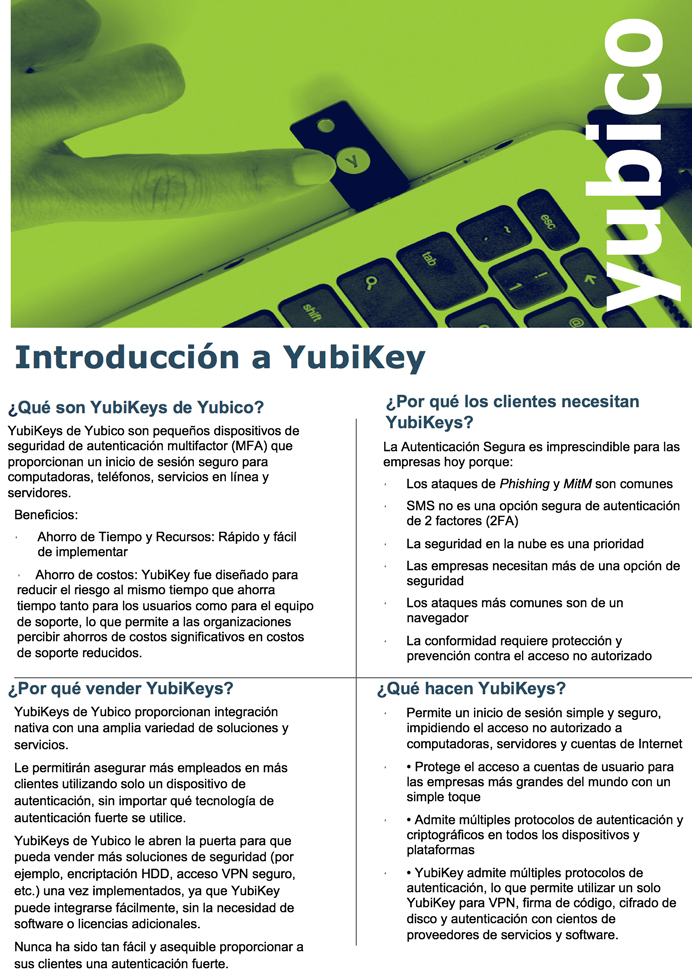

Even if a user is tricked into giving up their personal information, as in the case of a phishing attack, a FIDO security key can’t be fooled. The FIDO U2F and FIDO2 standards, and compatible security keys, leverage public key cryptography to protect against phishing and man-in-the-middle attacks. Against such an attack, a phone is essentially a single-factor authentication device.įIDO-based security keys provide a higher level of security while also delivering a seamless user experience. And most recently, we have seen malware-based attacks that steal both the password from a smart phone’s password manager and the one-time code. What is perhaps most concerning is that one-time password 2FA methods are still vulnerable to modern phishing and man-in-the-middle (MITM) attacks. These methods are also reliant on mobile access, posing a problem in environments where mobile devices do not work or are prohibited. Not only can this be cumbersome for users, but it is also prone to error. Two of the more popular 2FA methods are SMS codes (text messages) or mobile authenticator apps, which both rely on re-typing or pasting a one-time code from one device or application to another. (Image credit: wk1003mike / Shutterstock ) Where does two-factor authentication fall short when it comes to stopping phishing and man-in-the-middle attacks?Īny form of two-factor authentication (2FA) is more secure than none at all, but it’s important to note that not all 2FA is created equal. The company is also a leading contributor to the FIDO Universal 2nd Factor (U2F), FIDO2, and WebAuthn open standards. Now, Yubico’s technology is deployed and loved by 9 of the top 10 internet brands and by millions of users in 160 countries. In 2011, Stina, Jakob and their three children moved to Silicon Valley, to partner with the internet’s thought leaders, further develop the YubiKey, and scale new open authentication standards globally. In 2008, the first YubiKey was launched - a single device, inspired by the word ‘ubiquity’, that would make secure login easy and accessible for all. In 2007, Stina and Jakob Ehrensvärd co-founded Yubico with the mission to make the internet a safer place for everyone.



Yubico makes it easier for businesses to adopt security keys.To learn more about security keys and how they can help organizations and individuals alike keep their accounts secure, TechRadar Pro spoke with Yubico’s chief product officer, Guido Appenzeller.


 0 kommentar(er)
0 kommentar(er)
